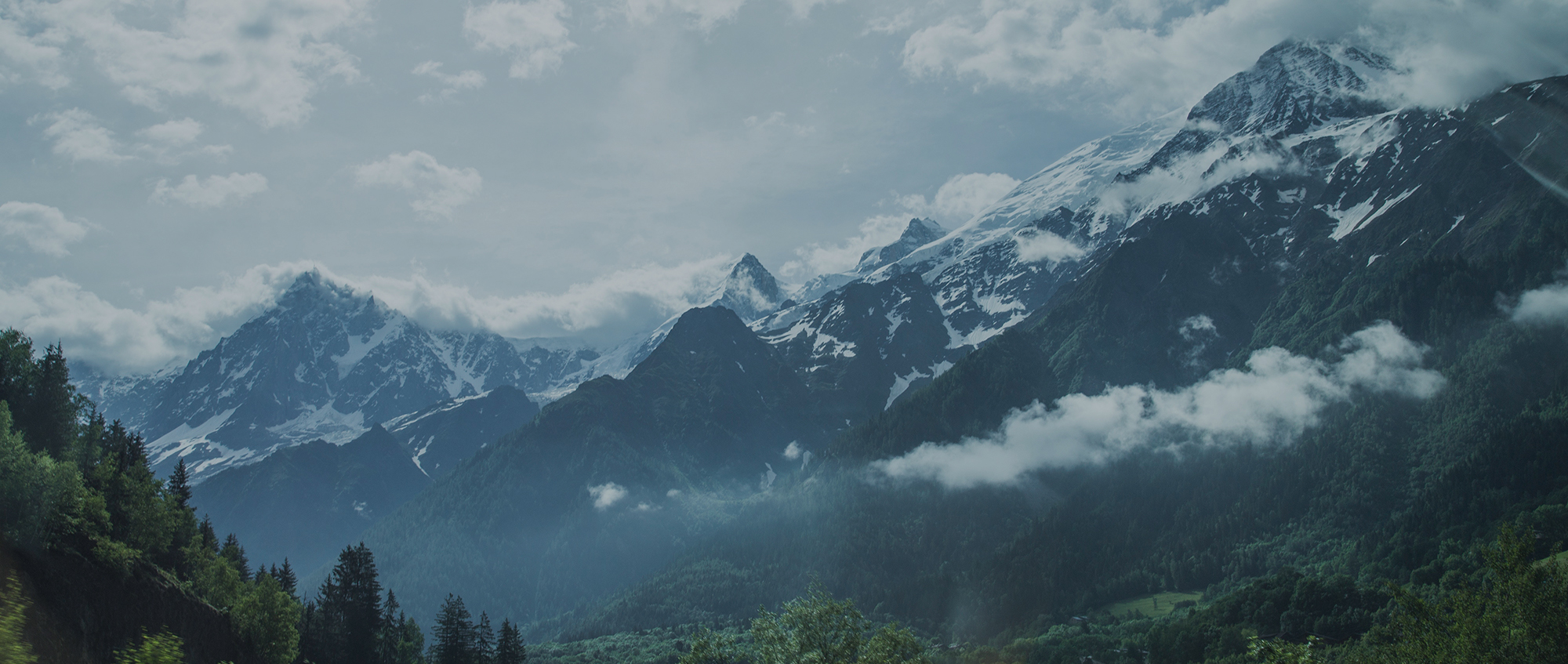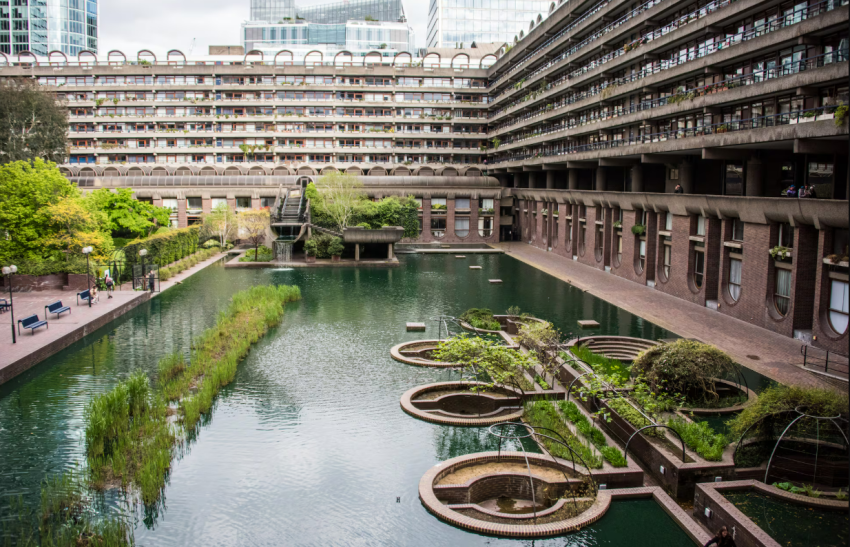Hidden within the gleaming skyscrapers of London’s financial district lies an unexpected world of concrete, culture, and calm — the Barbican Centre. More than four decades after its inauguration by Queen Elizabeth II in 1982, this massive complex remains one of Europe’s most fascinating examples of Brutalist architecture, combining housing, gardens, theaters, and art spaces into a self-contained city within a city.
🏙 A Postwar Dream Reborn in Concrete
The Barbican Centre rose from the ashes of Cripplegate, a neighborhood almost completely destroyed by German bombing during World War II. In the 1950s, London authorities sought to repopulate the area and revive the war-torn City. They commissioned three young architects — Chamberlin, Powell and Bon — to design a residential and cultural utopia that would stand as a symbol of renewal.
Their vision? A futuristic citadel of reinforced concrete, suspended walkways, and hanging gardens — part housing estate, part cultural hub, and part fortress. The result was unlike anything London had seen: monumental, raw, and strangely beautiful.
🌿 A Concrete Babylon
Walking into the Barbican feels like stepping into another world. From the outside, its massive concrete towers may seem cold, but inside, the labyrinth opens up into lakes, fountains, and lush tropical gardens under glass roofs. Elevated walkways weave through apartment blocks, linking cafes, theaters, and quiet courtyards.
It’s both chaotic and peaceful — a futuristic Babylon where architecture and nature coexist. No wonder it has become a magnet for photographers, architects, and curious travelers seeking the “other” side of London’s design story.
🎭 The Beating Heart of London’s Arts Scene
Today, the Barbican is not just an architectural curiosity — it’s one of Europe’s largest performing arts centers. Home to the London Symphony Orchestra and the BBC Symphony Orchestra, its stages host concerts, film screenings, exhibitions, and festivals year-round.
Inside, visitors can explore the Barbican Theatre and Barbican Hall, or dive underground to find The Pit, an experimental performance space. The Martini Bar, tucked beneath ribbed concrete vaults glowing in warm amber light, offers the perfect pre-show cocktail spot.
For dining, the Barbican Bar & Grill overlooks the complex’s central lake — an ideal terrace to relax with a glass of wine, a vegetarian plate, or a classic British burger.
🧱 Brutalism, Beauty, and Controversy
The Barbican divides opinions — as Brutalist landmarks often do. Its rough, textured concrete, tinted with earthy tones, stands in stark contrast to the polished glass towers of modern London. Some see it as an architectural masterpiece; others call it a relic of a bygone era.
In truth, the Barbican’s story mirrors that of postwar Britain itself. Conceived during the era of collective housing and social planning, it was completed in the early 1980s, just as the country embraced a new wave of neoliberal transformation under Margaret Thatcher. Its idealism — the dream of community living and accessible culture — suddenly felt out of place in a world turning toward privatization and individualism.
And yet, the Barbican endured. Once dismissed as too austere and impractical, it’s now a design icon — admired for its ambition, resilience, and sheer uniqueness.
🏡 Living in the Barbican
Contrary to popular belief, the Barbican was never intended for low-income residents. From the start, it was marketed toward middle-class professionals who could afford the comfort and prestige of living within this monumental complex. The early residents of the 1970s watched their homes rise in value as the surrounding district transformed into London’s financial powerhouse.
Today, the apartments — many still featuring original wood paneling, terraces, and 1970s fittings — are among the most desirable in central London, beloved by creatives and architects alike.
🧭 What to See and Do
If you’re visiting, plan to spend a few hours wandering its layers of culture and history:
- Explore the Barbican Conservatory, a hidden tropical garden filled with over 1,500 species of plants and trees — the second largest of its kind in London.
- Catch a classical concert or film screening, or check the rotating calendar of art exhibitions at the Barbican Art Gallery.
- Walk through the Barbican Estate, designed with elevated pathways and fountains that create a surprising sense of serenity in the middle of the financial district.
- Stop by the library, one of the City’s best public libraries, perfect for a quiet break.
- Join a guided architecture tour to uncover hidden details — from Roman ruins beneath your feet to design secrets behind the iconic balconies.
🚶 Nearby Highlights
The Barbican is perfectly located for exploring the City of London. Just steps away, you can find remnants of the ancient Roman wall, the Museum of London (currently under relocation), and the sleek new Farringdon and Moorgate districts filled with trendy cafes and boutiques.
For a dose of history and panoramic views, head up to St. Paul’s Cathedral, just a 10-minute walk away.
🔮 The Future of the Barbican
After more than 40 years, the Barbican is preparing for a new chapter. A major renovation project, set to begin soon, aims to modernize facilities while preserving the spirit of its Brutalist legacy. The goal is to make it more sustainable, accessible, and open to future generations — ensuring that this concrete giant continues to inspire awe and debate in equal measure.
✨ Why Visit
The Barbican Centre is not just a building — it’s an experience. It represents London’s postwar optimism, its architectural daring, and its constant reinvention. Whether you’re drawn by its bold concrete lines, its world-class performances, or its hidden gardens, the Barbican offers a rare chance to see the city’s past and future collide in one extraordinary space.

